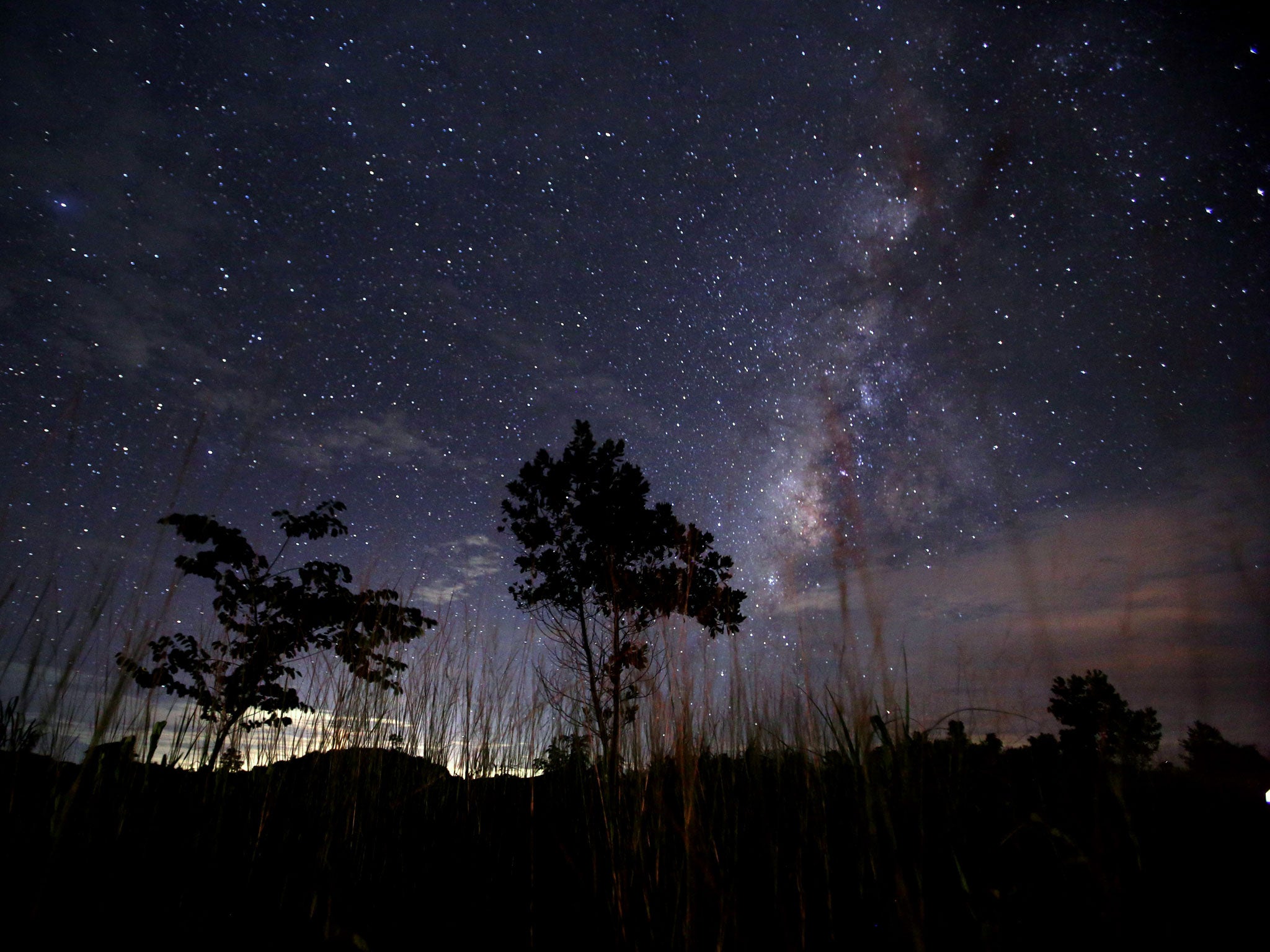
Our Milky Way is surrounded by a "clumpy halo" that could be hiding mysterious missing matter, astronomers have said.
The galaxy is wrapped in a ring of hot gases that are constantly being topped up as stars are born and die, scientists say.
And inside that halo could be basic matter that has been missing since the birth of the universe, researchers say.
The new discoveries are based on observations made by HaloSat, a “minisatellite” funded by Nasa’s Astrophysics Division and built by the University of Iowa. Its findings are reported in a new article published in the journal Nature Astronomy.
The heated halo is called the circumgalactic medium, or CGM, and helped nurture the Milky Way when it was formed around 10 billion years ago. Researchers built the spacecraft to look for X-rays being sent out by the CGM, in an attempt to better understand it, its behaviour and shape.
All galaxies have their own CGM, and understanding how they operate is key to explaining not just how the galaxies formed but how they could become the busy mix of stars, planets and other objects that we live in today.
"Where the Milky Way is forming stars more vigorously, there are more X-ray emissions from the circumgalactic medium," says Philip Kaaret, professor in the Iowa Department of Physics and Astronomy and corresponding author on the new study.
"That suggests the circumgalactic medium is related to star formation, and it is likely we are seeing gas that previously fell into the Milky Way, helped make stars, and now is being recycled into the circumgalactic medium."
The chief aim of HaloSat was to look for baryonic matter, atomic remnants that are believed to have been missing since the universe was born almost 14 billion years ago. Researchers think that matter could be hiding in the CGM and that examining it could help them find that long lost matter.
In order to answer that question, the researchers attempted to build a picture of the nature of the CGM itself. With the help of the minisatellite, they wanted to understand whether the halo is large and extended, perhaps many times the mass of our galaxy – in which case there would be enough atoms to include the missing baryonic matter – or if it was instead thin and puffy, made up of recycled material and so not a likely home for the lost matter.
The new research is inconclusive.
"What we've done is definitely show that there's a high-density part of the CGM that's bright in X-rays, that makes lots of X-ray emissions," Professor Kaaret said. "But there still could be a really big, extended halo that is just dim in X-rays. And it might be harder to see that dim, extended halo because there's this bright emission disc in the way.
"So it turns out with HaloSat alone, we really can't say whether or not there really is this extended halo."
But the data did show that the halo was unexpectedly clumpy, with dense regions where stars are forming and material is being sent back and forth between the CGM and the galaxy.
"It seems as if the Milky Way and other galaxies are not closed systems," Kaaret says. "They're actually interacting, throwing material out to the CGM and bringing back material as well."
But by mixing the data from the minisatellite with other observations from around the world, astronomers hope they are getting closer to understanding where all of that matter might be.
"Those missing baryons better be somewhere," Professor Kaaret said. "They're in halos around individual galaxies like our Milky Way or they're located in filaments that stretch between galaxies."
An article describing the research, 'A disc-dominated and clumpy circumgalactic medium of the Milky Way seen in X-ray emission’, is published online in Nature Astronomy on 19 October.







